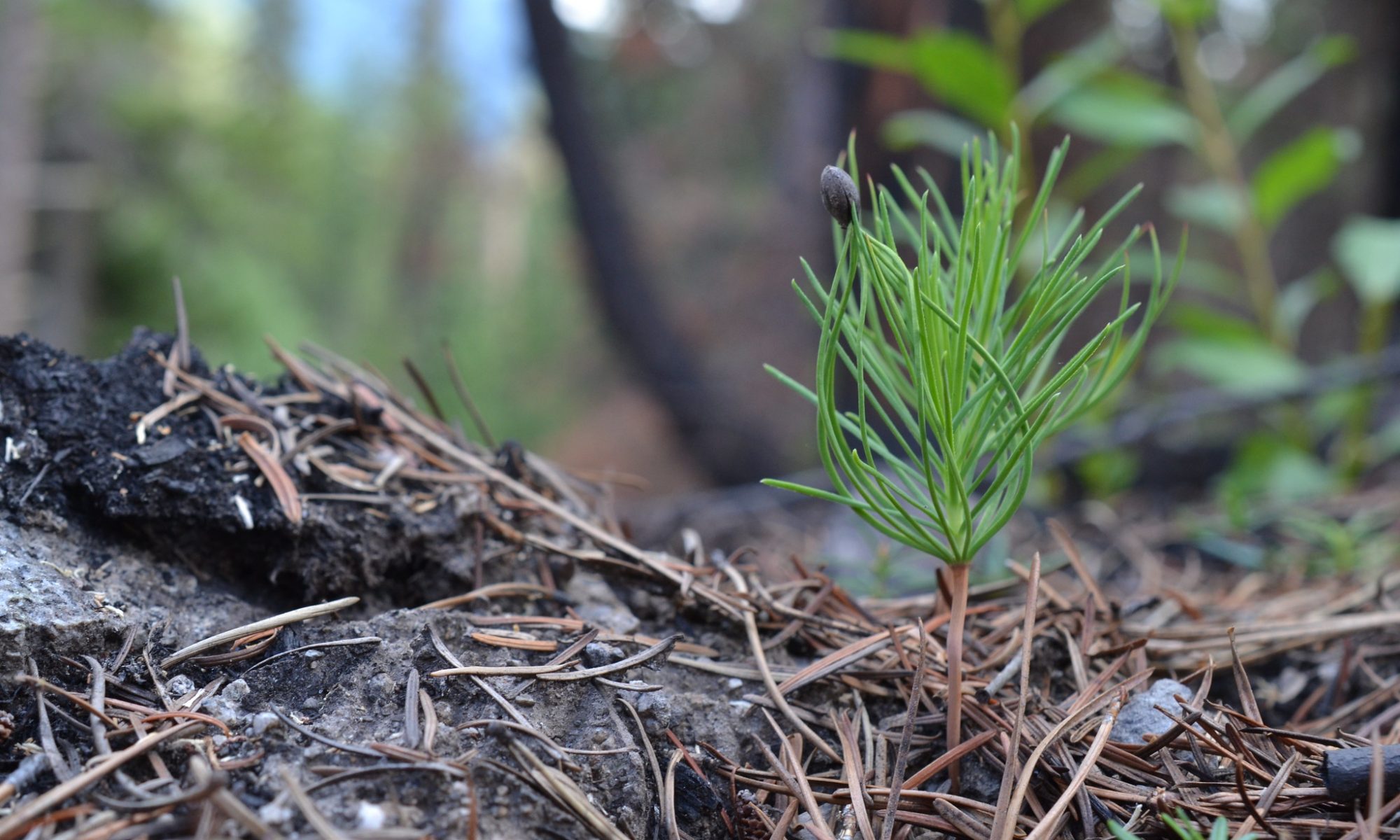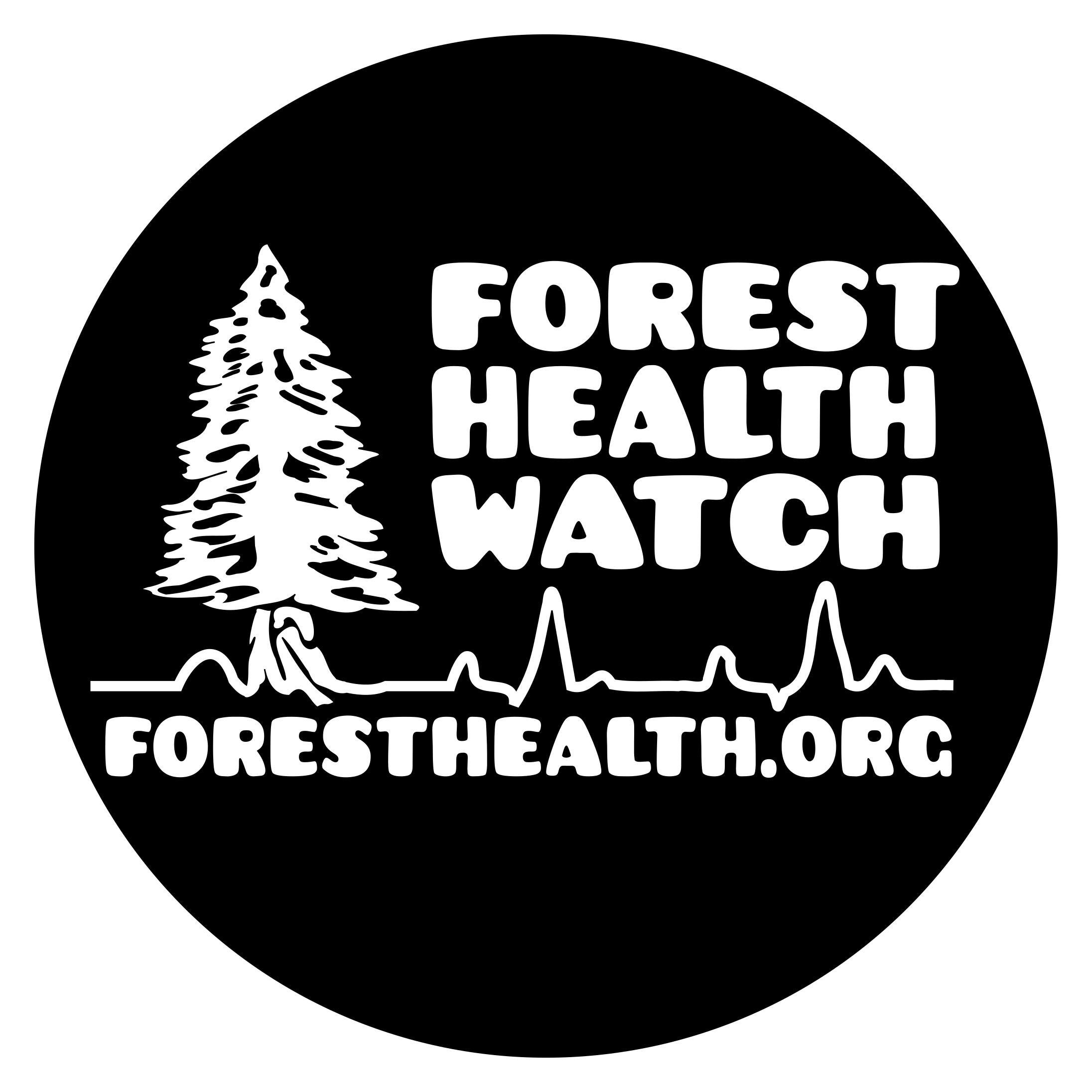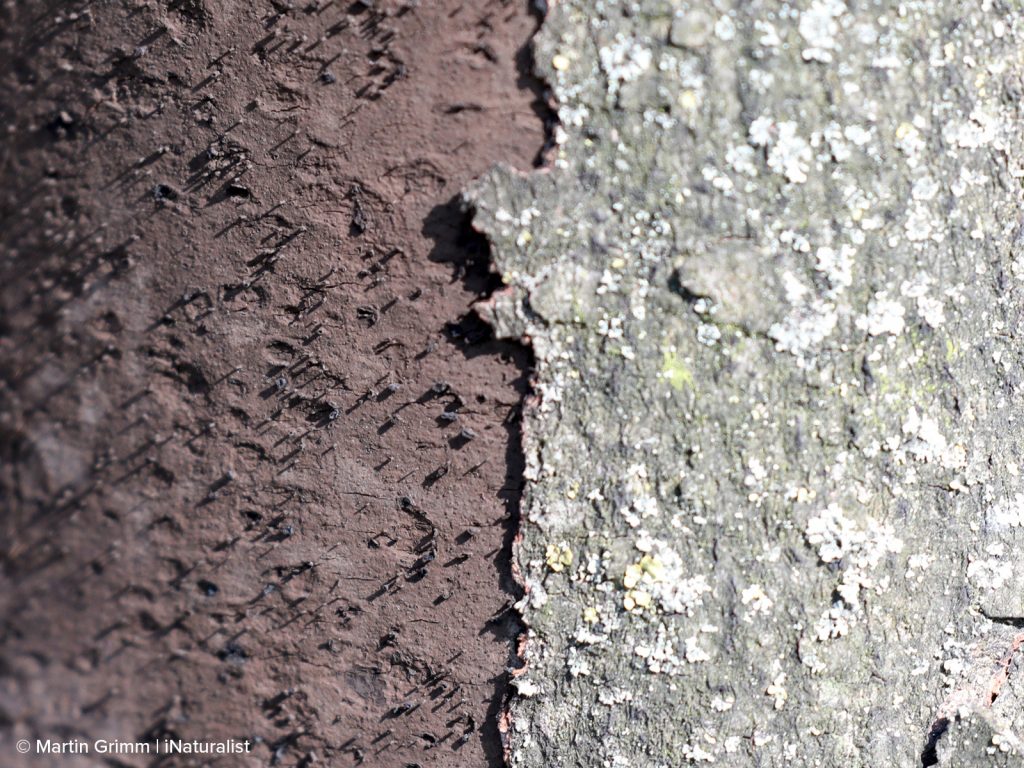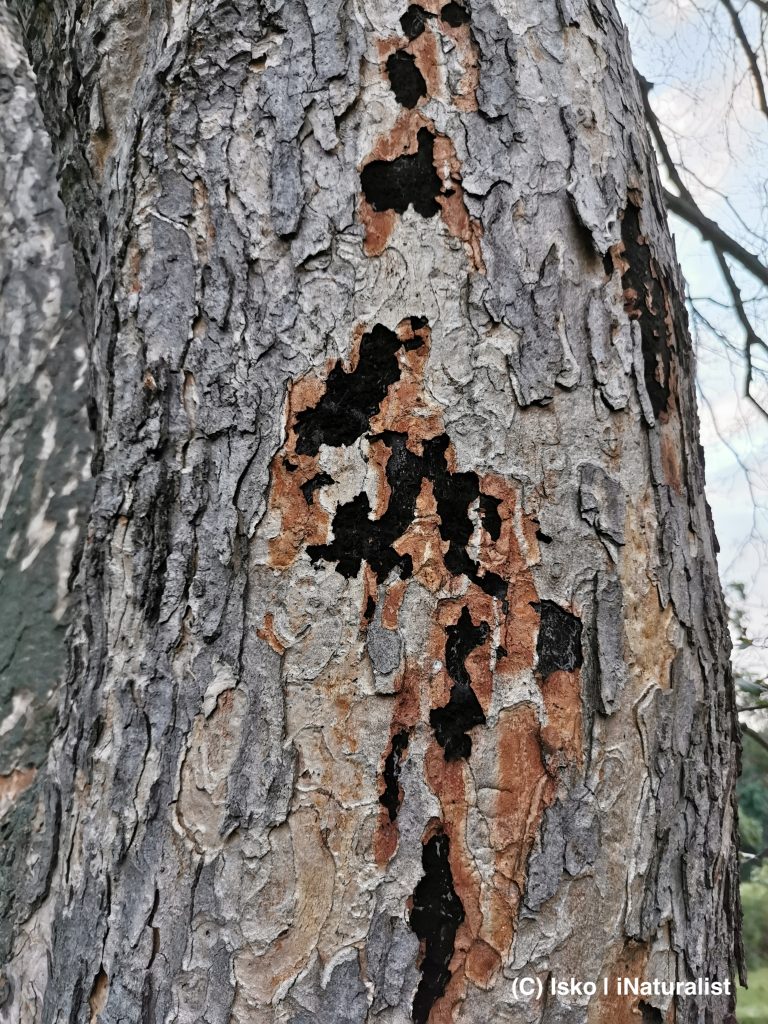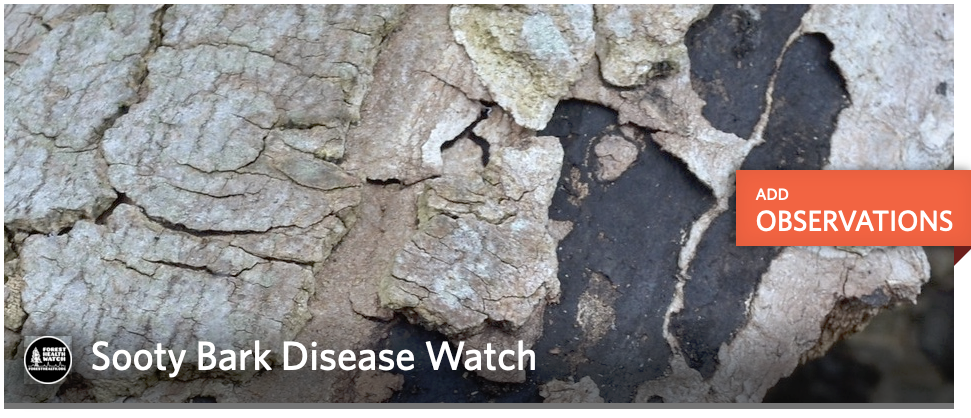Watch out for Sooty Bark Disease on Maples
Seattle urban forestry professionals are concerned with a disease on maple trees caused by Cryptostroma corticale. The fungus was recovered from several sycamore maples (Acer pseudoplatanus) near Ravenna Boulevard in 2017 and has been confirmed on other trees from many areas around Seattle since. The disease is referred to as ‘sooty bark disease’ because it is characterized by mats of black fungal spores after the bark is shed. Other symptoms of infection can include leaf wilting and branch dieback.
Of particular concern, the fungal spores of Cryptostroma corticale may cause respiratory hazards for those working with infected material. Please review other sources of information for best practices when handling material.
- Sycamore maple (Acer pseudoplatanus )
- Red maple (Acer rubrum)
- Bigleaf Maple (Acer macrophyllum)
- Horse chestnut (Aesculus hippocastanum)
Feel free to contact us should you have an observation to report or if you’re interested in having a sample tested. You can also share trees of concern at https://www.inaturalist.org/projects/sooty-bark-disease-watch
